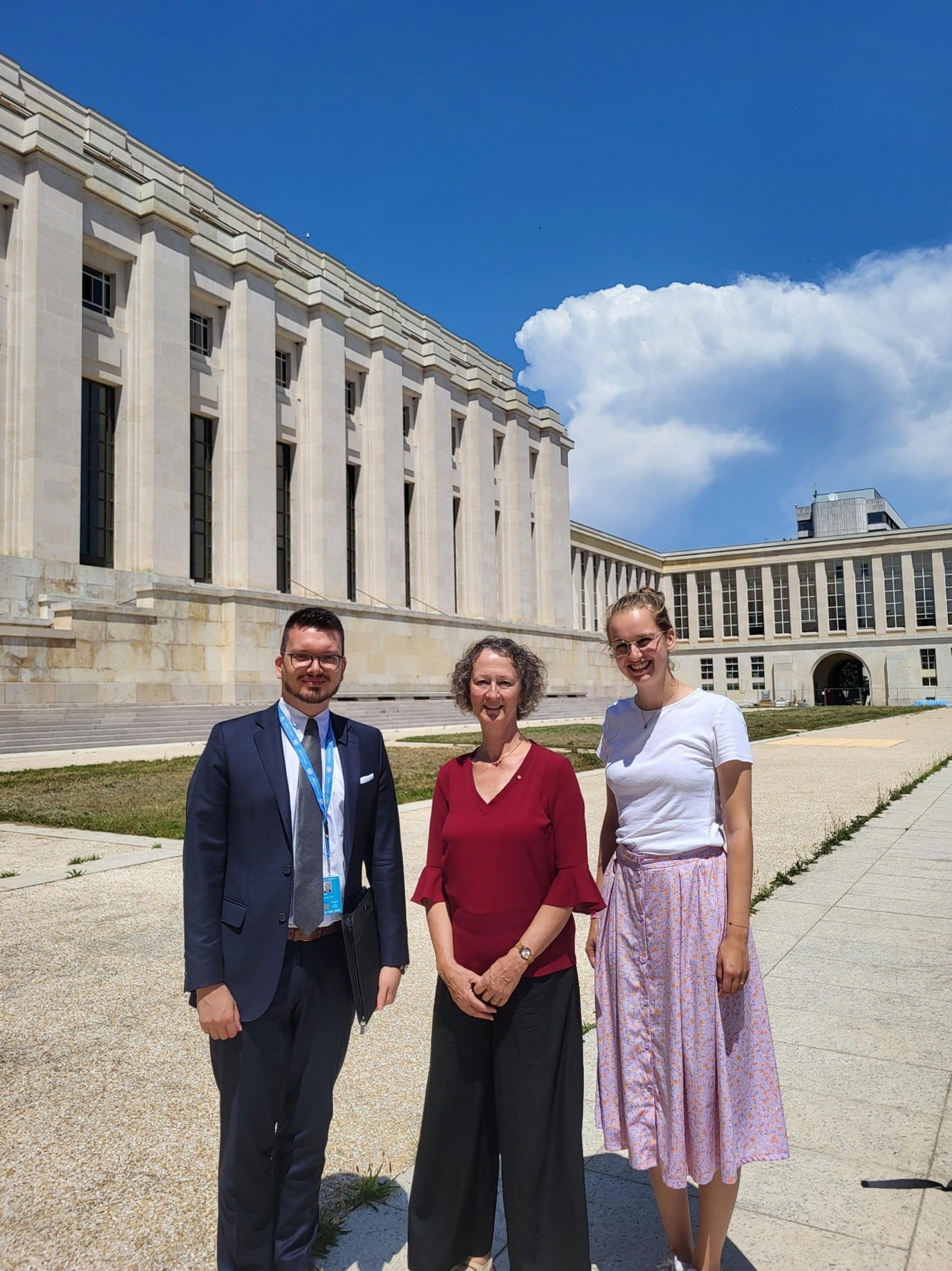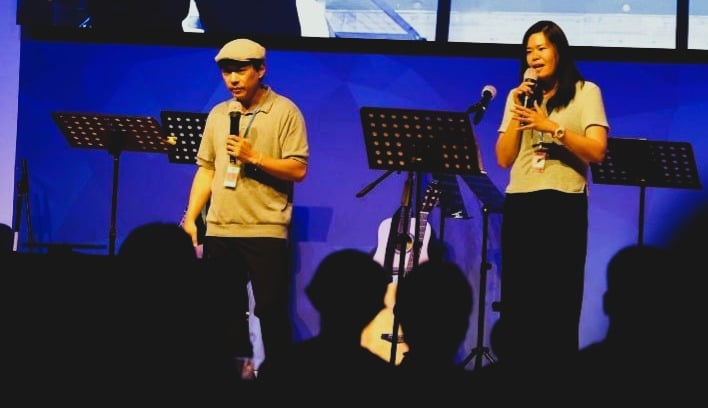Diarrhoea and dysentery have broken out among refugees in the Vaharai area due to the poor quality food and supplies reaching them, aid agencies warned.
Aid agencies also warned that if the government did not act forthwith in providing urgent medical care and good quality food, there would be an outbreak of disease putting the lives of children and pregnant women there at risk.
“We were told by people that the poor quality of provisions was causing children to fall ill. They were asking for shelter, food, education materials and kerosene. But we were not able to give a positive reply because we may not be able to obtain permission from the government to bring them these things,” Sri Lanka Director, Jesuit Refugee Service (JRS) Vinny Joseph SJ, told dispatches on October 1.
According to UNICEF, the Vaharai District Hospital has seen long queues every morning since the arrival of the IDPs and among the crowd at the entrance are mothers with babies and men holding registration cards waiting to be attended to.
UNICEF adds that the hospital has been seeing more than 100 patients a day, 40% of them suffering from diarrhoea and dysentery and UNICEF along with other UN agencies is currently assisting the government in getting in supplies and provisions to the IDPs.
In Vaharai alone, more than 34,000 people have been displaced by the recent violence out of whom 20,000 are children.
According to the UNHCR, the IDP population in the country has now reached a staggering 207,564 persons in 12 districts, with a majority in the northeast. This includes 55,623 displaced families. The largest IDP population of 60,000 is currently in the Batticaloa District. An additional 15,452 refugees have fled to India in the past few months due to the escalation in violence.





Stay Connected